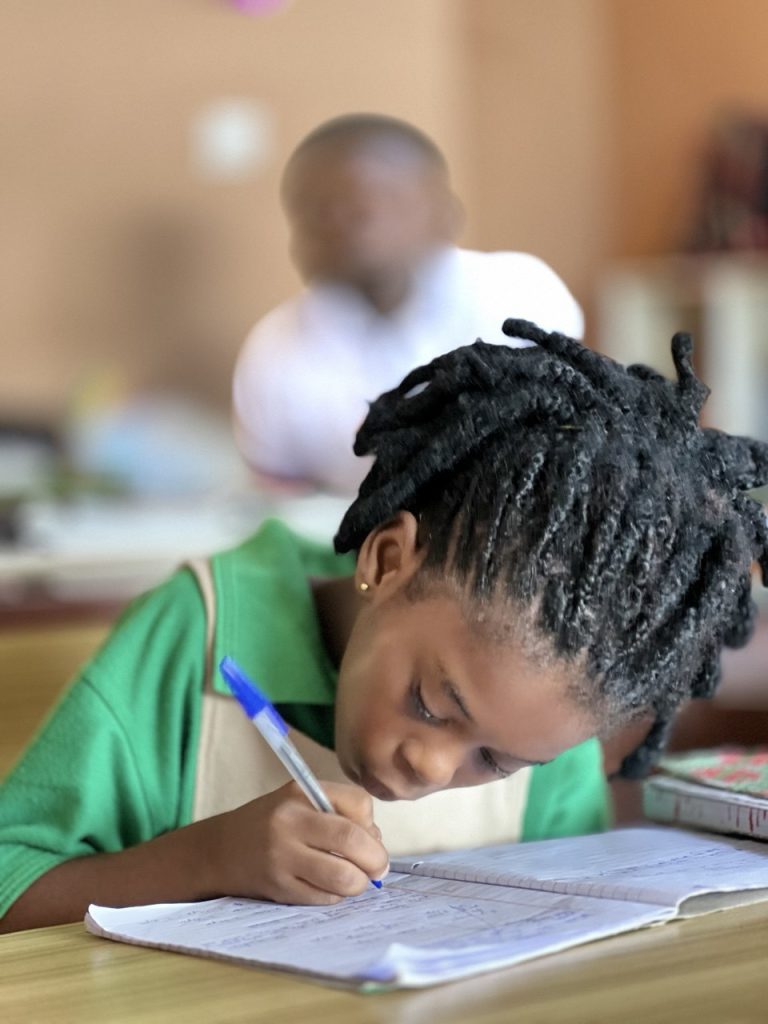Key Points at a Glance
Every student has a unique learning style that affects how they understand, retain, and apply knowledge.
The four main learning styles are visual, auditory, reading/writing, and kinesthetic (VARK).
Identifying your dominant style can help you personalize your study techniques for better results.
Schools like Morgan International Community School (MICS) support diverse learning styles through tailored, student-centered instruction.
Not all students learn the same way. Some understand better when they see visuals, others when they hear explanations, read texts, or engage in hands-on activities. These preferences form the foundation of learning styles, and understanding yours can be the key to unlocking your academic potential.
Whether you’re preparing for IB, Cambridge, or national exams, knowing how you learn best can improve comprehension, boost memory, and make studying more enjoyable.
At Morgan International Community School (MICS), teachers apply differentiated instruction to support every student’s learning journey — no matter their style.
What Are Learning Styles and Why Do They Matter?
A learning style is the way a person processes, understands, and remembers information. When students are taught in a way that matches their style, they often experience:
Better concentration and focus.
Greater confidence in learning.
Improved academic outcomes.
Higher motivation and engagement.
While many experts now view learning styles as part of a broader learning preference spectrum, using the right techniques tailored to a student’s strengths still yields measurable benefits.
The Four Main Learning Styles (VARK)
One of the most popular models for learning styles is VARK, which classifies learners into four categories:
1. Visual Learners
They understand information best when it’s presented in diagrams, charts, infographics, or videos.
Study Tips:
Use mind maps and color-coded notes.

Watch educational videos.
Create flowcharts to visualize complex ideas.

2. Auditory Learners
These learners retain knowledge better by listening and speaking.
Study Tips:
Read notes out loud.
Record lessons and play them back.
Join study groups for discussion-based learning.
3. Reading/Writing Learners
They learn best through reading and writing text-based materials.
Study Tips:
Take detailed notes
Read textbooks and highlight key concepts
Rewrite summaries in your own words
4. Kinesthetic Learners
They grasp concepts through movement, touch, and real-world practice.
Study Tips:
Do hands-on experiments.
Use role-play or simulations.
Walk around while reciting information.

How to Identify Your Learning Style
While some people show a strong preference for one style, many students are multimodal, meaning they use a mix. To discover your learning style:
Observe your natural tendencies: Do you remember better when watching a video, listening to a podcast, or taking notes?
Try different methods: See which strategies help you understand and remember information more easily.
Take a learning style quiz: Simple online tests (like VARK questionnaires) can provide helpful insights.
Reflect on past successes: Think about subjects you excelled in. What study methods did you use?
At MICS, teachers guide students in identifying these patterns through observation, dialogue, and differentiated assessments. By understanding themselves better, students can take charge of their learning.
How to Use Your Learning Style Effectively
Once you’ve identified your learning preference, apply it to every aspect of your education.
In Class:
Visual learners can request diagrams or draw concept maps.
Auditory learners benefit from classroom discussions and verbal explanations.
Reading/writing learners thrive with detailed note-taking and textbook references.
Kinesthetic learners should seek practical activities or manipulatives.
During Revision:
Create personalized study materials.
Vary study methods to prevent boredom and enhance memory.
Combine styles if you’re multimodal (e.g., listen to a podcast and take notes).
Why Schools Must Embrace Learning Style Diversity
In today’s diverse classrooms, a one-size-fits-all approach to teaching no longer works. Progressive institutions like Morgan International Community School (MICS) recognize that students thrive when education is personalized, inclusive, and responsive.
MICS achieves this by:
Using differentiated instruction strategies across all subjects.
Incorporating digital tools for visual and auditory learners.
Providing hands-on labs and real-world learning for kinesthetic students.
Fostering a learning environment where all styles are respected.
This commitment to understanding individual learners ensures that no student is left behind, and all are equipped to reach their full potential — whether they’re studying the IB curriculum, Cambridge, or beyond.
Final Thoughts
Recognizing and using your learning style is not just a shortcut to better grades — it’s a lifelong skill. It helps students develop metacognition, or awareness of how they learn best, which is essential for success in school and beyond.
By taking the time to discover your style and aligning your study habits accordingly, you’ll retain information better, feel more confident, and enjoy the process of learning.
